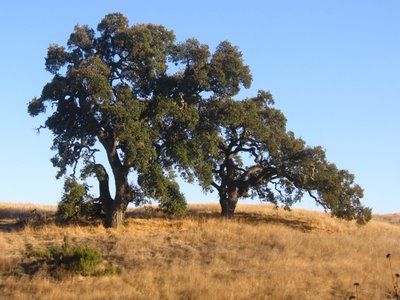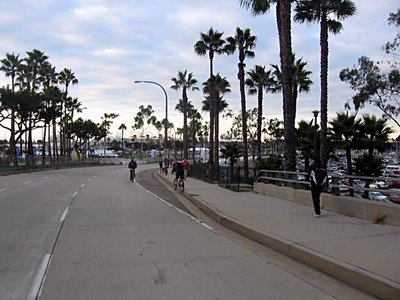
When I got home last night, I had to replace the dead batteries in my wall clocks with dead batteries that were an hour newer, so the hands moved an hour earlier.
(It seems a little creepy to have things in your house moving around when you're not there. I prefer not to worry about whether my wall hangings will move when I'm asleep. If I want the hands in a particular place, I can put them there.)
In the U.S., we are now on what's called "Standard Time." For five months a year (out of 12), we're on "Standard Time." Next year, we'll bring that down to about four months, or a third of the year.
When did we change our standards?
It seems to me that the time called "standard" would be the time we were on more regularly. This is the same complaint I have about "standard" transmissions in cars: More typically, in the U.S. at least, cars have automatic transmissions. That's the standard. Often you have to search far and wide to find a "standard" transmission.
I don't know who you have to go to if you want to see the change codified, so we can stop using the word "standard" for what has become less common.
But it's interesting to clock the shift as the U.S. moves toward a shorter span each year when we are on "standard" time. Changing the hours in spring and fall helps farms that follow a clock. Last week 6:00 milking was in the dark; now it comes in the very early morning.
Changing hours at all tends to throw off other businesses, and it has a negative effect on businesses that don't start at the crack of dawn: As the business day shifts later, lights have to be turned on earlier. Office lights that were turned on at 5:30 last week will have to be turned on at 4:30 this week.
As the U.S. moves further away from farms and further toward later hours, we nibble away at the chunk of the year when we shift our clocks to accommodate field workers. "Standard" time used to last longer than it does today. Next year it will be even shorter than it was this year.
We mark the arbitrary hours as if anyone could really change what time it is.

































